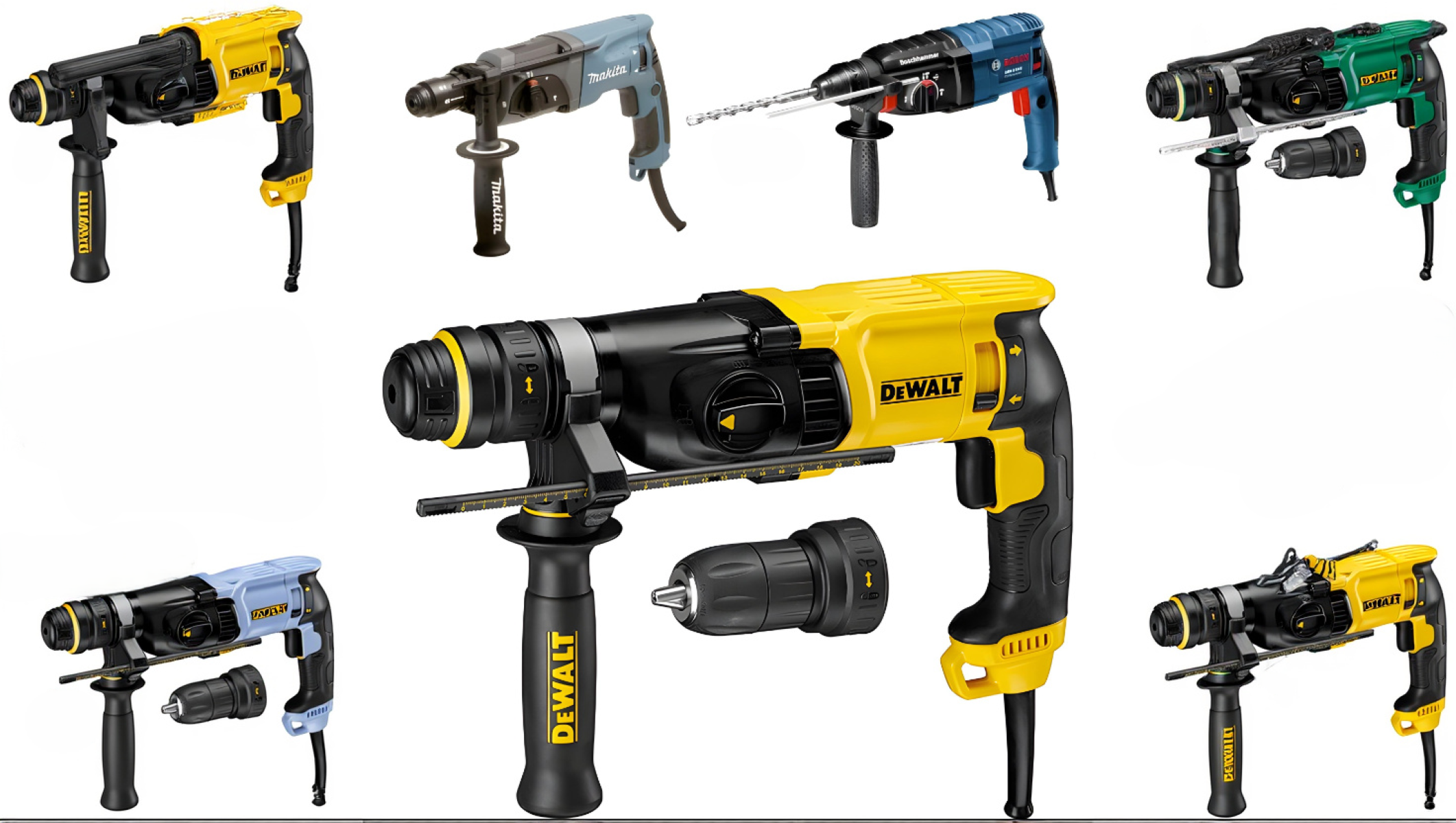In today’s world, sound is more than just a medium of communication; it’s an experience. Whether you’re watching a movie, listening to music, or conducting a conference call, the quality of sound plays a crucial role in shaping the experience. Sound projection systems have evolved from simple speakers to complex, adjustable systems that offer immersive audio experiences. From whisper-quiet settings to roaring loudness, these adjustable sound projection systems are designed to cater to various environments, needs, and preferences.
What Are Adjustable Sound Projection Systems?
Sound projection systems are technologies designed to transmit sound over a certain distance and volume to ensure clarity and precision in various environments. These systems can vary widely in complexity, from simple portable speakers to intricate multi-channel surround sound setups used in home theaters or public venues. The fundamental purpose of a sound projection system is to create an optimal audio experience by ensuring that sound reaches the listener in the most effective way, no matter the space. This may include adjusting the volume, clarity, and even the direction of the sound itself.
What makes adjustable sound projection systems particularly unique is their ability to modify the sound output in real-time to match specific environmental needs. For instance, in a smaller room, the system may automatically adjust to lower sound levels to avoid distortion, while in a large auditorium, it may increase the volume and broaden the sound field to fill the entire space. These systems are flexible enough to cater to a variety of situations, providing listeners with an experience that suits their environment and auditory preferences.
Another standout feature of these systems is their ability to focus sound in specific directions. This is achieved through advanced technology that allows for beamforming or the use of directional speakers. For example, if you’re hosting a meeting or a presentation, the system can direct sound precisely to the intended listeners, ensuring that they hear everything clearly while preventing audio from spilling over into other areas. This can be especially important in crowded or open spaces where unwanted noise can be disruptive.
Lastly, adjustable sound projection systems offer the ability to fine-tune various aspects of sound quality, such as bass, treble, and overall clarity. Many systems include built-in equalizers or digital signal processing (DSP) that enable users to adjust these settings based on their specific preferences. Whether you’re watching a movie, listening to music, or engaged in a business conference, the sound system can adapt to deliver the best auditory experience possible for every individual and environment.
Types of Adjustable Sound Projection Systems
- Speaker Systems with Variable Output
- These are among the most common types of adjustable sound projection systems.
- They allow for adjustments in volume and tone, making them versatile for different audio needs.
- They can range from simple portable Bluetooth speakers to more advanced setups used in home theaters.
- The key advantage is their portability and adaptability, which makes them suitable for a variety of environments.
- Examples include bookshelf speakers, portable Bluetooth speakers, and home theater systems.
- Directional Sound Systems
- Directional sound systems, also known as beamforming speakers, focus sound waves in specific directions rather than dispersing them across the entire space.
- These systems create a more personalized listening experience by delivering sound exactly where it’s needed.
- They are particularly useful in open spaces or environments where noise control is crucial, such as museums, shopping malls, and conference rooms.
- By directing sound to particular zones, these systems minimize disruption to other areas.
- How Directional Sound Systems Work
- Directional sound systems operate similarly to how a flashlight projects light in a narrow beam, but with sound.
- The sound waves are carefully shaped or arranged using arrays of speakers in specific patterns to achieve a focused beam.
- This allows the sound to be concentrated in one direction, ensuring only the target audience receives the audio.
- These systems are designed to work well in environments where sound should be contained to a specific area and not spill over into other spaces.
Why Adjustability in Sound Systems Matters
| Factor | Description | Benefit | Example | Why It Matters |
| Adapting to Different Environments | Sound systems can adjust based on room size and acoustics. | Ensures high-quality sound in both small rooms and large venues. | Home theater systems vs. outdoor speakers | Tailors sound output to the unique characteristics of different environments, providing the best experience. |
| Customizing Your Listening Experience | Users can adjust bass, treble, and volume to fit personal preferences. | Enhances enjoyment of various activities like gaming, music, and movies. | Equalizer settings in music players | Personalizes the sound for individual tastes, making each experience more enjoyable. |
| Immersive Experiences Through Customization | Adjustments made for specific experiences like movies or concerts. | Provides heightened emotional impact through sound, e.g., enhancing tension or excitement. | Horror movie settings with deep bass, concert with enhanced treble | Customizing audio for activities ensures deeper engagement and immersion. |
| Environment Adaptation | The system adjusts its output based on room acoustics (size, shape, etc.). | Delivers clear, high-quality sound even in challenging spaces. | Adaptive sound in different acoustic settings | Avoids poor sound quality in spaces with challenging acoustics, improving clarity and experience. |
| Improving Communication Clarity | Optimizes sound levels for clear speech and minimal distortion. | Ideal for conferences, meetings, or public speaking events. | PA systems, conference room sound systems | Ensures that speech and communication are crystal clear, reducing distractions and misunderstandings. |
The Technology Behind Adjustable Sound Systems
The core technology behind adjustable sound systems is Digital Signal Processing (DSP), a critical component that allows for precise manipulation of audio signals. DSP works by analyzing the incoming sound data and making real-time adjustments to optimize the audio output. This technology enables various functions such as volume control, equalization of sound frequencies, and even the ability to create directional sound. Thanks to DSP, sound systems can adapt to different environments and provide the most suitable audio experience based on the surrounding conditions.
Another important aspect of modern adjustable sound systems is their wireless connectivity. With advancements in wireless technology, many sound systems now feature the ability to connect to smartphones, tablets, and other smart devices. This wireless control provides users with the flexibility to adjust sound levels, change settings, and customize their listening experience from anywhere within range, making these systems incredibly convenient for both home and professional use.
Bluetooth and Wi-Fi integration are the primary technologies used in wireless sound systems. These systems leverage Bluetooth or Wi-Fi to connect seamlessly with a variety of audio sources, such as smartphones, laptops, or even smart TVs. The wireless connection ensures that users can stream audio content without the need for physical cables, offering a hassle-free experience. Additionally, the wireless setup allows for quick and easy adjustments to settings, making the audio system more responsive and user-friendly.
The combination of DSP and wireless connectivity creates a dynamic and flexible audio experience. By allowing users to fine-tune sound settings remotely, these systems offer a level of customization that was previously unattainable in traditional wired systems. Whether you’re adjusting sound to fit the acoustics of a room or fine-tuning for a particular activity, this technology enables unparalleled control and convenience.
Applications of Adjustable Sound Projection Systems
- Home Entertainment
- Adjustable sound systems have revolutionized home entertainment.
- They enhance the experience of watching movies, playing games, and listening to music by offering customizable sound settings.
- With surround sound setups and personalized audio adjustments, you can recreate the cinematic experience in your own living room.
- These systems allow for precise sound control, ensuring optimal audio quality for different activities.
- Conference Rooms and Workspaces
- In professional environments, communication clarity is crucial.
- Adjustable sound systems ensure that everyone in a conference room or workspace can hear the speaker clearly, whether it’s for a presentation or a conference call.
- Directional sound systems help in large meeting spaces by focusing sound in specific areas, reducing the risk of disrupting other rooms or areas.
- The ability to adjust sound levels in real-time ensures optimal audio performance in professional settings.
- Reducing Acoustic Distractions
- In open office spaces, where noise can be a significant distraction, adjustable sound projection systems help to focus audio on specific zones.
- By directing sound only to the areas where it’s needed, these systems help create quiet, productive spaces within otherwise noisy environments.
- This focused approach minimizes distractions, allowing employees to stay focused on tasks without being disturbed by the surrounding noise.
- Such systems are essential for enhancing productivity in busy work environments.
The Power of Sound Control
The ability to control sound has transformed the way we experience audio across various settings. Whether you’re adjusting the volume on a small desk speaker or fine-tuning the surround sound system in your home theater, adjustable sound projection systems offer a level of customization that was previously unimaginable. These systems give you the power to enhance or reduce sound as needed, ensuring that every listening experience is as clear and immersive as possible.
One of the key benefits of adjustable sound systems is their ability to cater to different environments. In a cozy living room, you may want a subtle, background sound, while in a large hall, you may need a more robust, directed sound. With the ability to modify sound projection based on the space, these systems ensure that the audio always fits the atmosphere. Whether you’re hosting a party, watching a movie, or just enjoying music, you can adapt the sound to suit the occasion.
Advancements in technology have played a significant role in improving sound control. Digital Signal Processing (DSP) allows for precise adjustments, while wireless connectivity gives users the flexibility to control sound settings remotely. Whether you’re at home or in a professional setting, these systems enable seamless control over your audio experience. These technological developments ensure that users have more flexibility and convenience than ever before when it comes to sound.
Looking ahead, the future of sound control continues to evolve with the integration of Artificial Intelligence (AI). AI has the potential to analyze your listening habits and preferences, making automatic adjustments to sound levels, tone, and directionality. This promises a completely personalized auditory experience, one where the system adapts to your needs in real-time without any manual input. The combination of DSP, wireless technology, and AI is shaping the next generation of sound systems, making them more intuitive and versatile than ever.
The Impact of Adjustable Sound Projection Systems on Daily Life
Adjustable sound projection systems are more than just a luxury or a niche technology—they are rapidly becoming an integral part of our daily lives. Whether for work, entertainment, or relaxation, these systems enhance our audio experiences in ways that were once unimaginable. Thanks to advanced technologies like DSP, wireless connectivity, and AI, these sound systems are becoming smarter, more adaptive, and highly customizable to fit any environment or preference.
- Home Entertainment Enhancements
- With the rise of smart TVs, streaming services, and gaming consoles, sound systems that adjust based on content type are becoming a game-changer. These systems can automatically adjust sound quality based on what you’re watching, ensuring an optimal experience every time. Whether it’s a high-energy action scene or a quiet dialogue exchange, the system tailors the sound output to match.
- Improved Communication in Workplaces
- In office environments, clear communication is essential. Adjustable sound systems help ensure that important conversations, presentations, and meetings are heard clearly by all participants. In large conference rooms, directional sound systems prevent sound from leaking into other areas, maintaining privacy and reducing distractions.
- Personalized Listening for Everyday Activities
- Whether you’re working, relaxing, or exercising, customizable sound systems allow you to tailor your audio experience. Want more bass for your workout playlist? Or perhaps a clearer treble when listening to a podcast? Adjustable sound systems can modify frequencies, volume, and direction to suit the activity you’re engaged in, creating a more immersive environment.
- Enhancing Immersion in VR/AR
- As virtual and augmented reality technologies continue to grow, the need for precise sound projection has become more crucial. Adjustable sound systems are enhancing these experiences by ensuring that audio cues align perfectly with visual stimuli, making virtual environments feel even more lifelike and engaging.
- Reduction of Noise Pollution in Shared Spaces
- In open spaces like offices, schools, or even homes with multiple people, adjustable sound systems can reduce noise distractions. They can direct sound to specific zones or individuals, allowing for a more focused, quiet environment, especially in areas where concentration is key.




